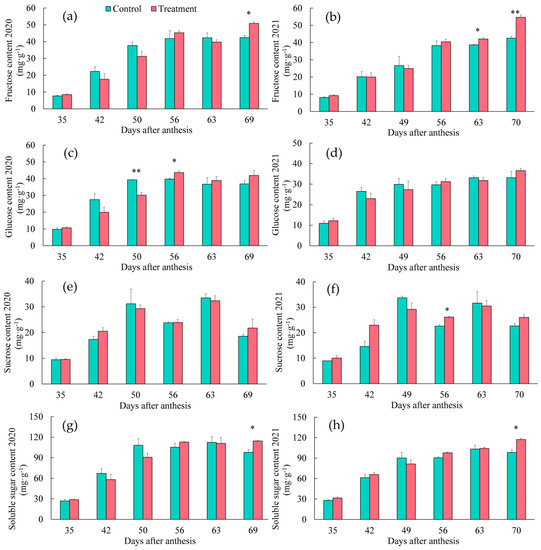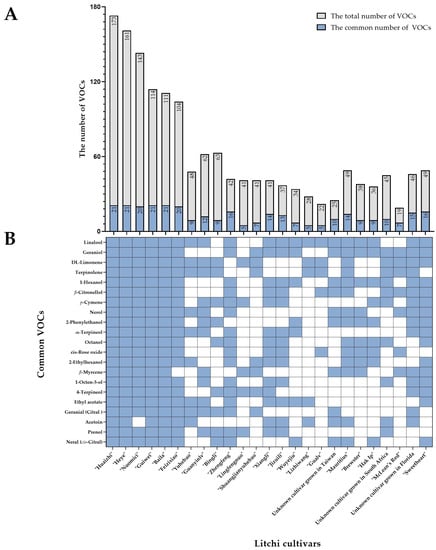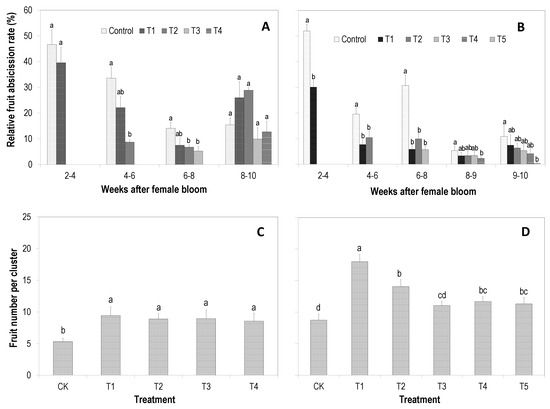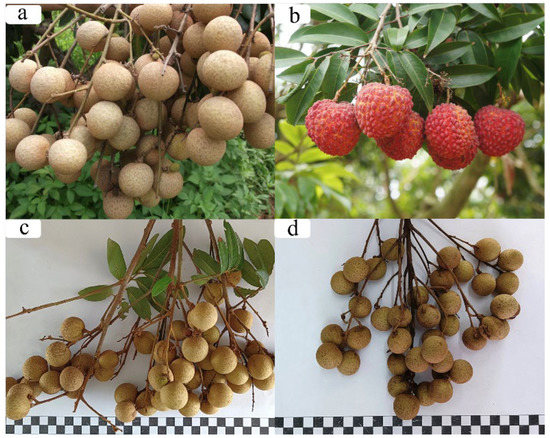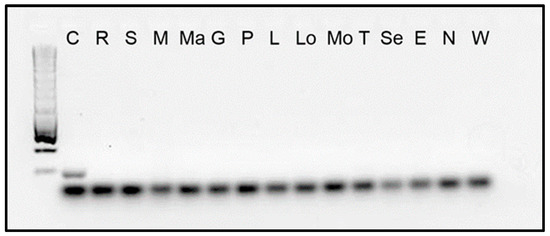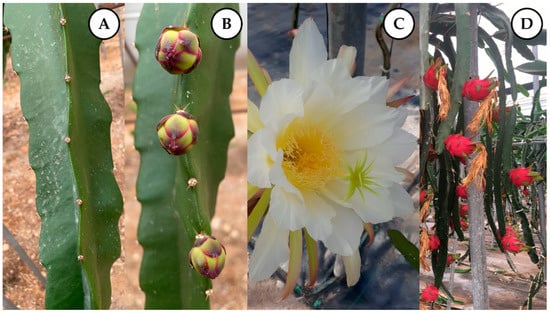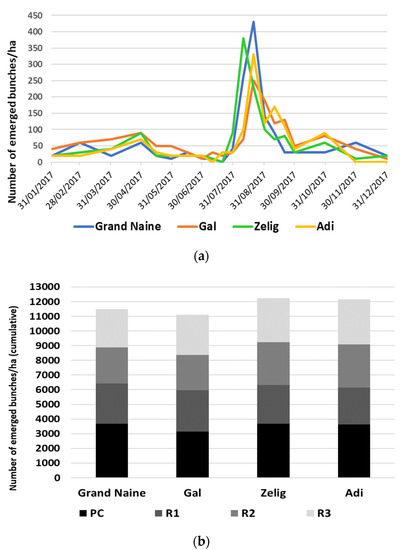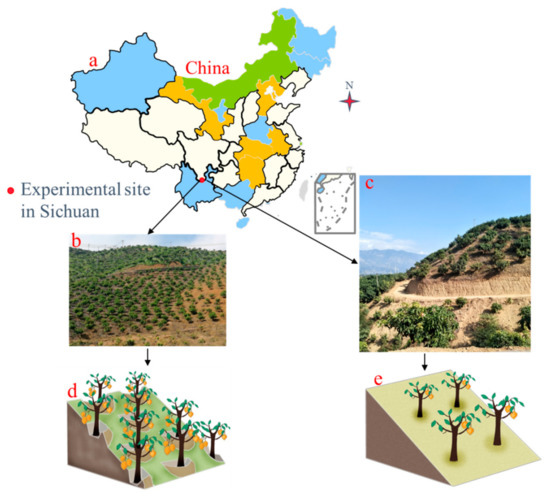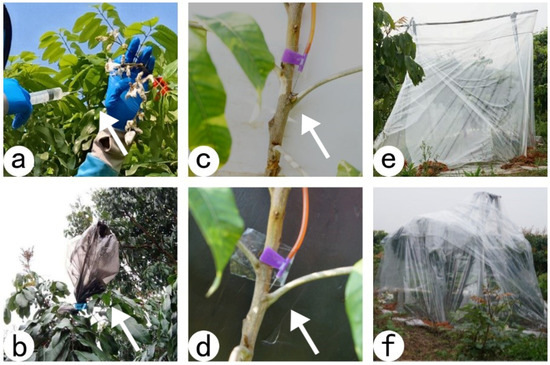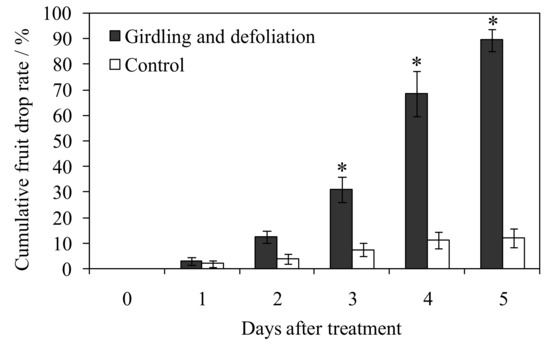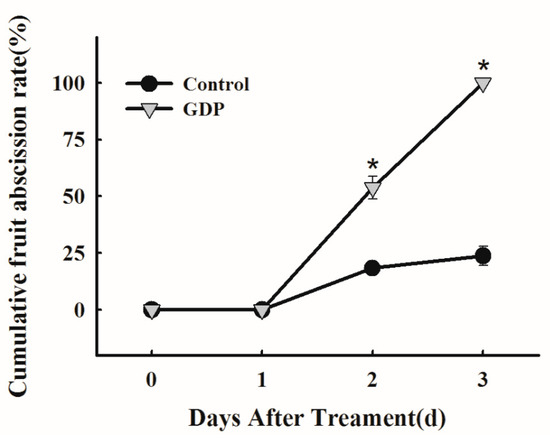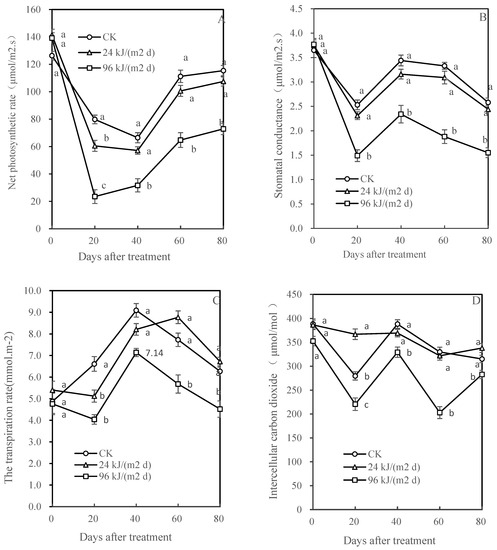Advances in Tropical Fruit Cultivation and Breeding
A topical collection in Horticulturae (ISSN 2311-7524). This collection belongs to the section "Fruit Production Systems".
Viewed by 34817Editors
Interests: litchi; longan; grape; calcium; photosynthesis; carbohydrates; water relation; shoot growth cycle; flowering; fruit development
Interests: lychee; fruit development; fruit abscission; cultivation; biotechnology and physiology; genetic resources and breeding
Topical Collection Information
Dear Colleagues,
Tropical fruits are important to many developing countries in their contribution toward export earnings and income and as a source of nutrition. According to incomplete statistics, there are more than 300 tropical fruit crops, including wild species whose fruits can be eaten. The main tree species include banana, mango, lychee, pineapple, avocado, dragon fruit, longan, sugar apple, guava, rambutan, papaya, passionflower, and so on. The planting area and output of tropical fruits are also increasing worldwide. Therefore, more and more pomologists are focusing on research in and the sustainable production of tropical fruit crops.
The proposed Topical Collection on “Advances in Tropical Fruit Cultivation and Breeding” aims to discuss the major challenges confronting tropical and subtropical fruit-producing countries, including all aspects of tropical fruit production, cultural practices, and breeding. The main themes focus on flowering, fruit set and alternate bearing, pruning, thinning, fertilization, irrigation and water relations, biostimulants and plant growth regulators, biotechnology and physiology, genetic resources and breeding, etc.
We invite horticulturalists to contribute both original research articles and reviews to this Topical Collection and to share your achievements in the field of tropical fruit crops.
Prof. Dr. Xuming Huang
Prof. Dr. Jianguo Li
Dr. Regina Cronje
Collection Editors
Manuscript Submission Information
Manuscripts should be submitted online at www.mdpi.com by registering and logging in to this website. Once you are registered, click here to go to the submission form. Manuscripts can be submitted until the deadline. All submissions that pass pre-check are peer-reviewed. Accepted papers will be published continuously in the journal (as soon as accepted) and will be listed together on the collection website. Research articles, review articles as well as short communications are invited. For planned papers, a title and short abstract (about 100 words) can be sent to the Editorial Office for announcement on this website.
Submitted manuscripts should not have been published previously, nor be under consideration for publication elsewhere (except conference proceedings papers). All manuscripts are thoroughly refereed through a single-blind peer-review process. A guide for authors and other relevant information for submission of manuscripts is available on the Instructions for Authors page. Horticulturae is an international peer-reviewed open access monthly journal published by MDPI.
Please visit the Instructions for Authors page before submitting a manuscript. The Article Processing Charge (APC) for publication in this open access journal is 2200 CHF (Swiss Francs). Submitted papers should be well formatted and use good English. Authors may use MDPI's English editing service prior to publication or during author revisions.
Keywords
- tropical fruit
- cultivation
- flowering
- fruit set and development
- biotechnology and physiology
- genetic resources and breeding







